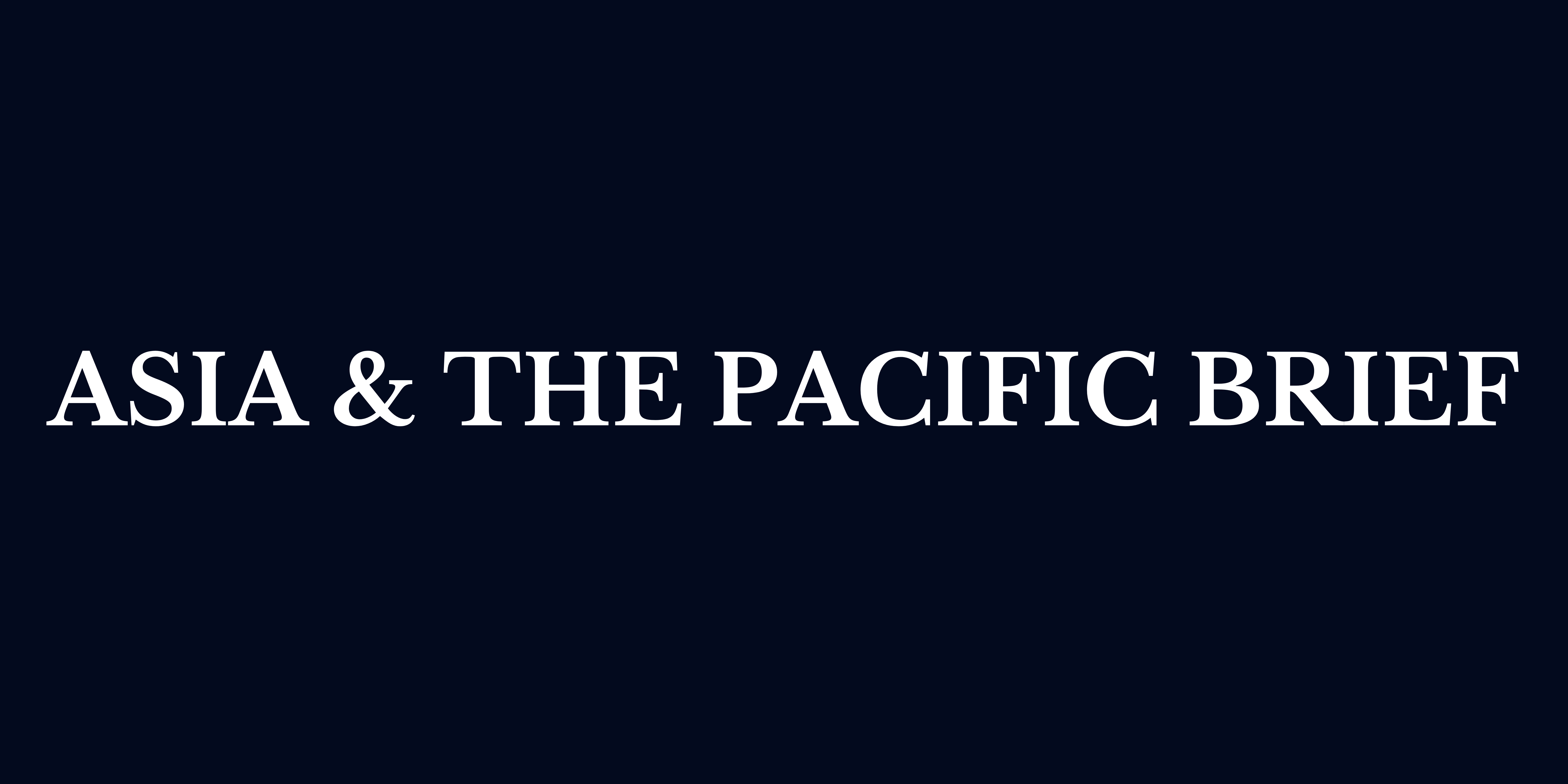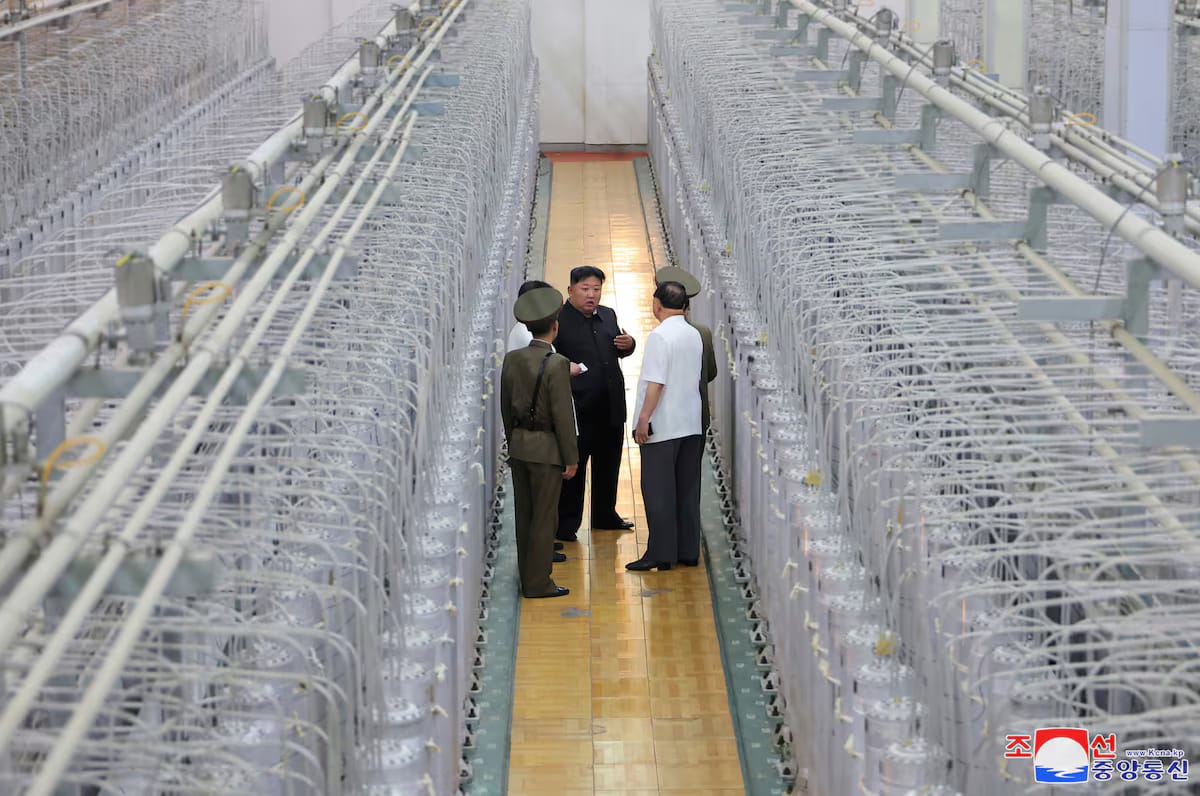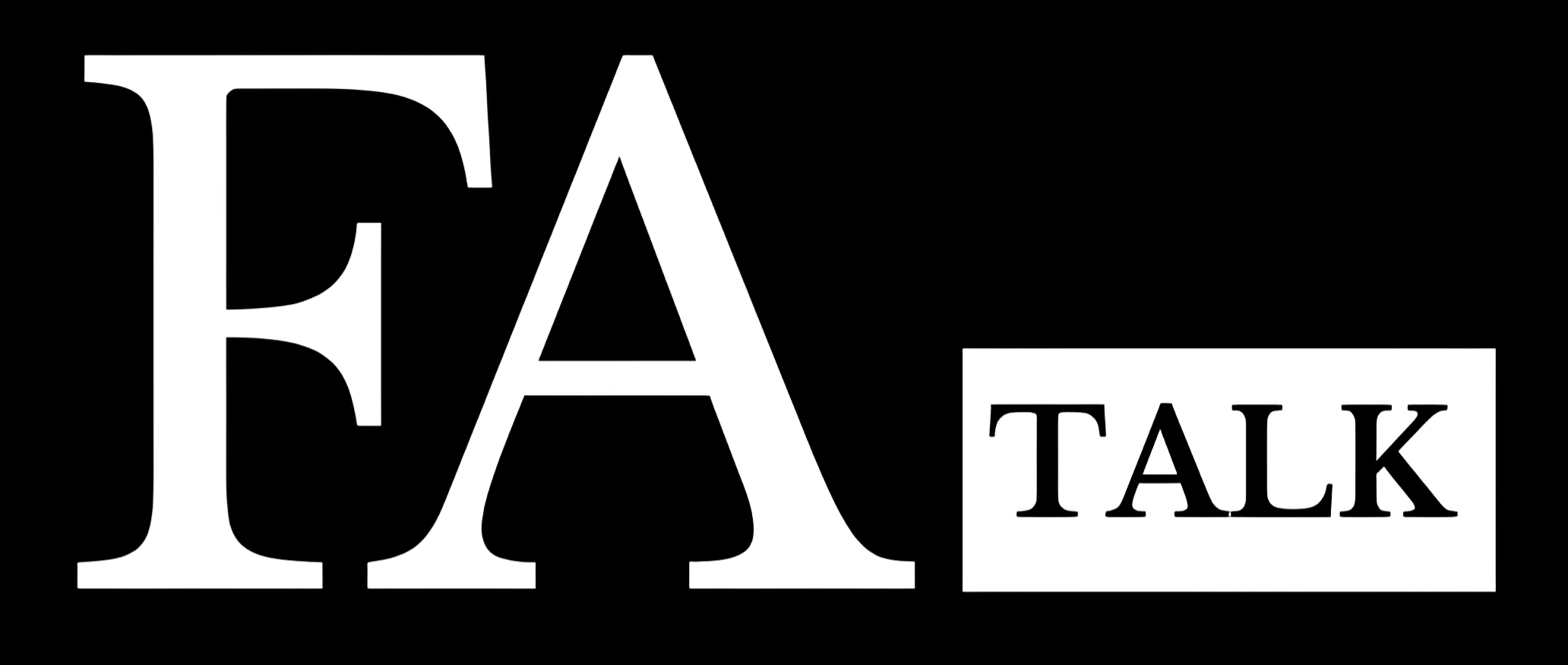
Pyongyang Goes Nuclear: Kim Jong Un’s New Uranium Plant
Welcome back to Asia & The Pacific Brief where we take a look at the latest developments shaping global geopolitics. Today, we’re focusing on North Korea’s unprecedented public display of its uranium enrichment capabilities, offering the world a rare glimpse into one of its most secretive nuclear facilities.
By | Shagnik Barman,
SEPTEMBER 19, 2024 | 01:12 PM

North Korea has released the first-ever photographs of its uranium enrichment facility, featuring leader Kim Jong Un touring the site and calling for an increase in centrifuge production to boost the country’s nuclear weapons program. The images, broadcast by state-run Korean Central News Agency (KCNA), mark a rare public disclosure of North Korea’s nuclear infrastructure, which had previously remained shrouded in secrecy.
Pyongyang, which has been under United Nations sanctions for its nuclear and ballistic missile programs, has never before shown such detailed insights into its uranium enrichment capabilities. The facility, which was not identified by KCNA, plays a critical role in the production of highly enriched uranium—an essential material for manufacturing nuclear warheads. North Korea is believed to operate multiple such facilities, including one at the Yongbyon nuclear complex. In the photos, Kim is seen walking between long rows of centrifuges, devices used to spin uranium at high speeds in order to increase its concentration. While the specific location and date of Kim’s visit were not disclosed, the report emphasized the leader’s call for expanding the number of centrifuges to “exponentially increase” the nation’s nuclear arsenal for self-defense.
The release of these images comes at a time when North Korea is under increasing international pressure to halt its nuclear activities. South Korea reacted swiftly to the disclosure, condemning the facility as a violation of multiple UN Security Council resolutions. In a statement, the Ministry of Unification reiterated that any provocations from North Korea would be met with a “strong and overwhelming response” from the South Korean government, backed by its military alliance with the United States.
Along with the photos of the enrichment facility, North Korea also released images of Kim overseeing a missile test and observing special forces training exercises. These military demonstrations, which reportedly took place on Thursday, underscore the country’s broader efforts to strengthen its military capabilities. Some analysts believe that the sudden release of detailed information about the uranium enrichment facility could be a strategic move aimed at influencing the United States ahead of its upcoming presidential election. Hong Min, a senior analyst at the Korea Institute for National Unification, suggested that North Korea’s message is clear: denuclearization is no longer a feasible goal, and the international community should accept North Korea as a nuclear power.
While the UN Security Council has passed multiple resolutions banning North Korea’s nuclear weapons and ballistic missile programs, key allies Russia and China have continued to block additional sanctions, advocating for a rollback of existing measures. The far-reaching effects of this on the geopolitics of the Asia-Pacific remain to be seen, but the balance of power is changing swiftly. With a new nuclear power on the rise in North Korea, its neighbors will no doubt be forced to take stock and re-evaluate their own positions in the coming months and years.
